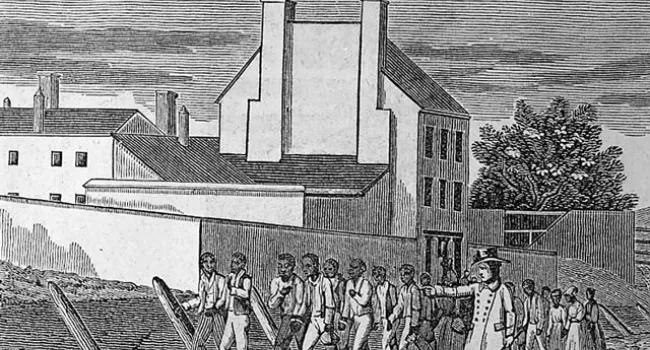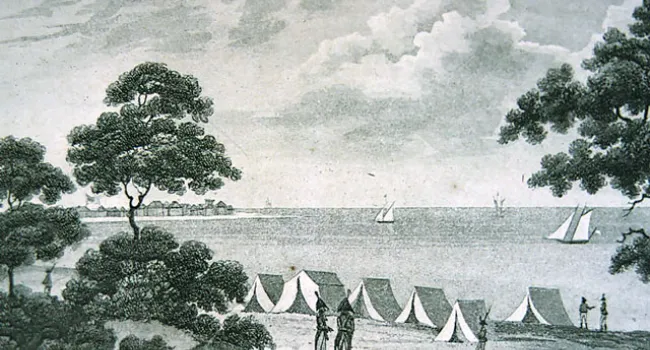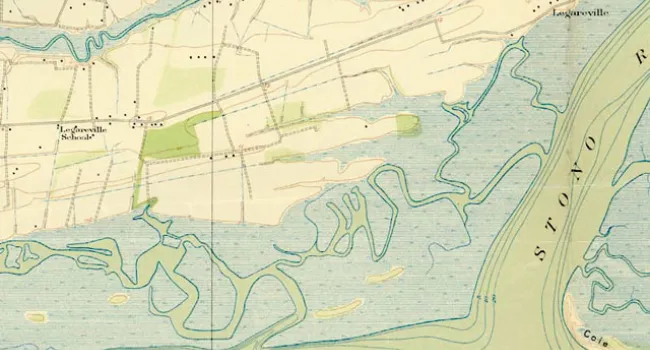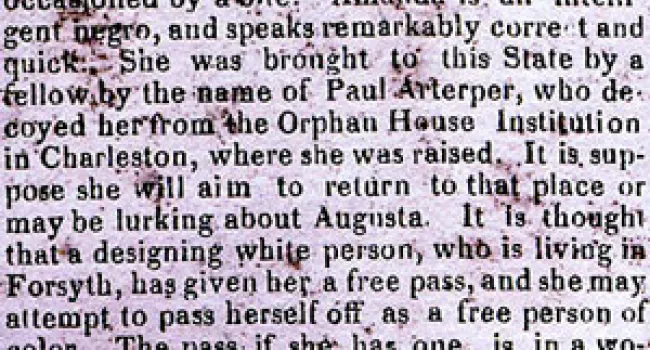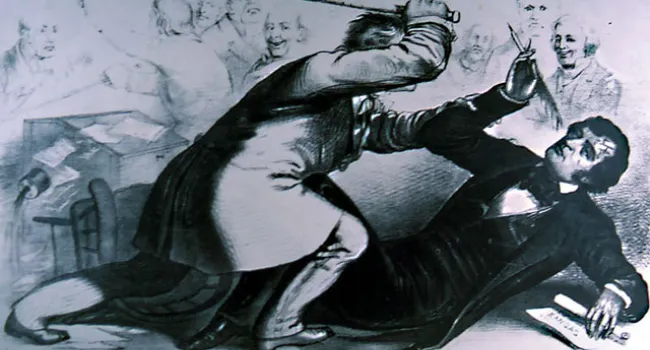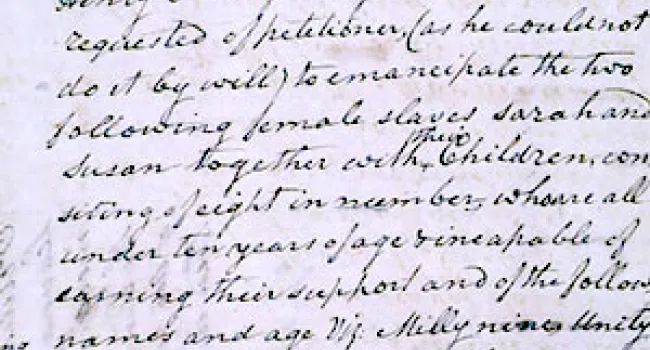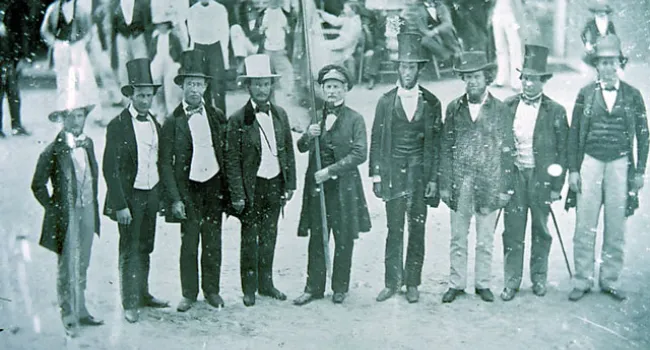
One of the objections of those who opposed the adoption of the Constitution was its lack of a Bill of Rights, and South Carolina's ratifying convention directed that its delegates to the new Congress should support amendments to the constitution. The First Federal Congress considered 210 amendments proposed by the state ratifying convention, and created what we now know as the Bill of Rights. This letter from George Washington to Charles Pinckney transmitted twelve amendments to South Carolina for the legislature to ratify or reject. Only ten were approved by the states.
Courtesy of the South Carolina Department of Archives and History.
Standards
- 4.2.P Analyze the sequence of events that led to the establishment of the U.S. as a democratic republic.
- 4.2.CC Explain the continuities and changes in natural rights as seen from the French and Indian War to the creation of the Bill of Rights.
- 4.2.E Analyze multiple perspectives on the economic, political, and social developments of the new nation.
- Political and economic developments underscored how the colonists in British North America had become uniquely American, prompting the development of a new nation. Drawing on their experience under British rule, the founding generation created a government with shared powers between the state and federal institutions.
- This indicator was designed to encourage inquiry into the development of the Constitution, Declaration of Independence, the Articles of Confederation, and representative democracy.
- This indicator was developed to encourage inquiry into the motivations of colonists during the American Revolution and the progression of conflict and failed compromise that ultimately led to revolution.

